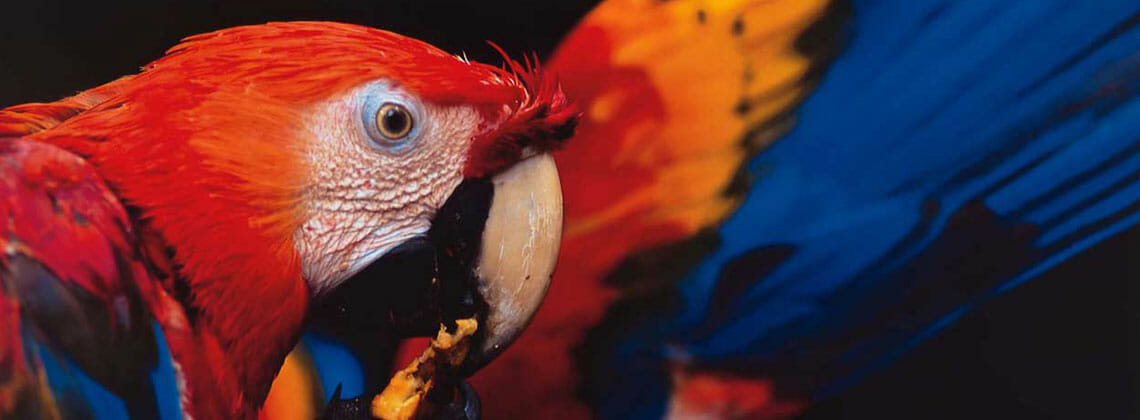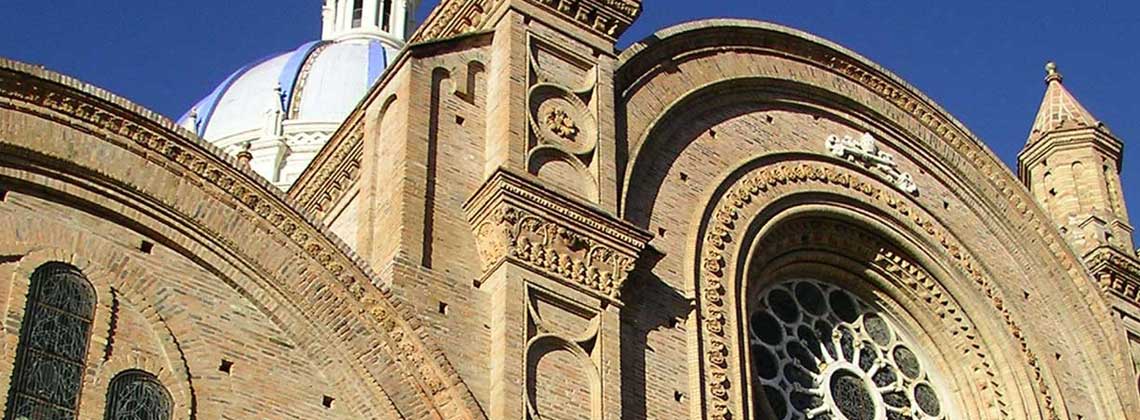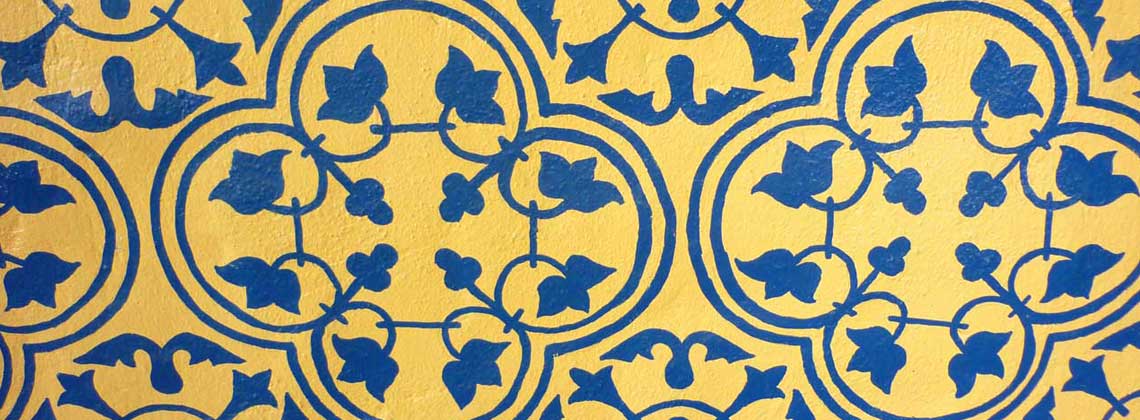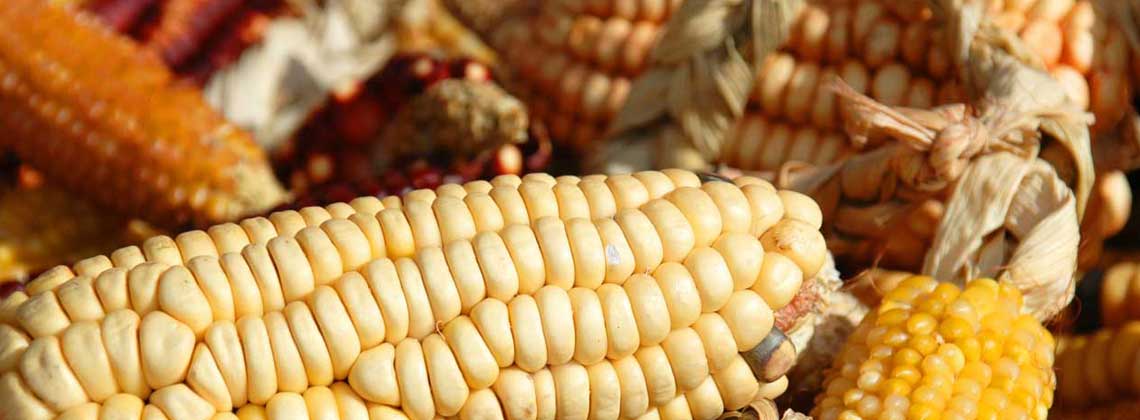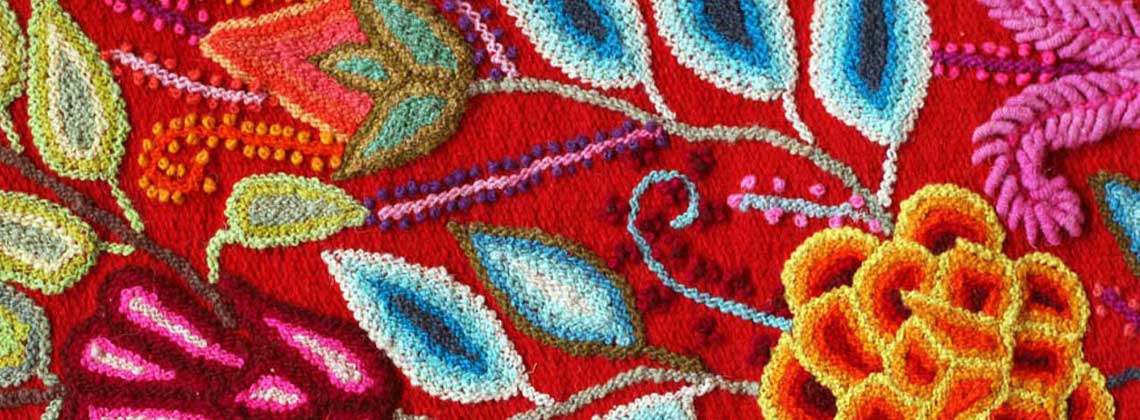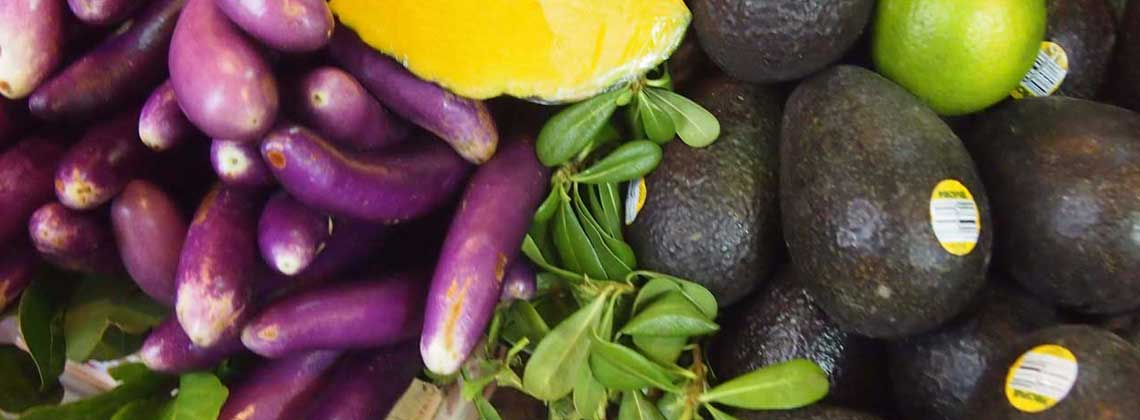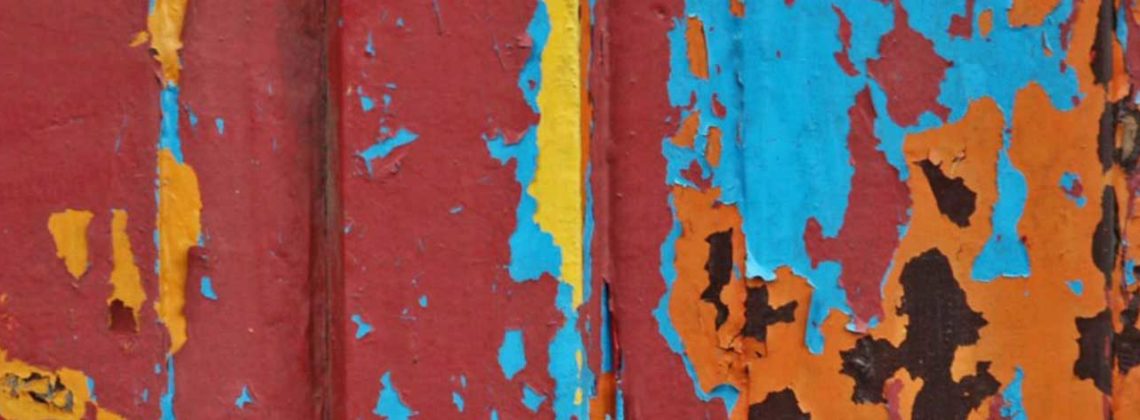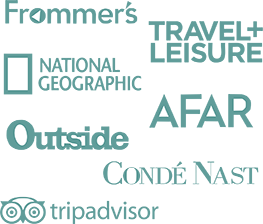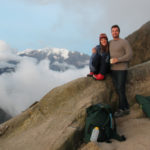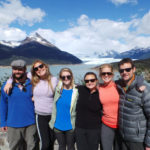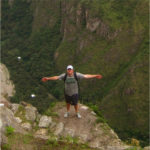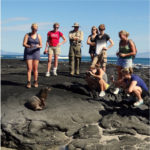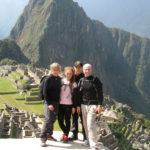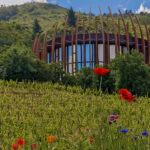
Mmmmmm….a view of the ocean from my balcony, the harbor is waking, the birds singing their songs. I rub the sleep from my eyes, breathe in the salty, foreign air and reach for…what’s this?! A cup of bitter, grainy Nescafe.
Yes, South America, the continent that yields the highest quantity of those savory, Arabica coffee beans serves instant Nescafe at most of its establishments. If you’re anywhere near the coffee fanatic that I am, you’d consider it a crime too.
Simple Guide to Ordering Coffee in SPANISH

Photo Credit: Rodrigo Ramírez
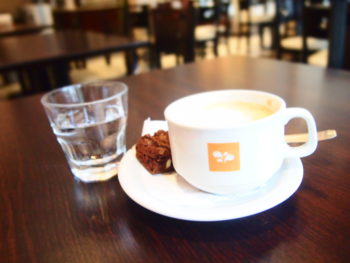

Relax, though. I’m here to help. Before hightailing it back to the safety of the Starbucks in the international terminal, read on and succeed in ordering the coffee beverage of your choice in Spanish while traveling in South America.
1. Look for the espresso machine. In large metropolises like Santiago and Lima straight-up coffee shops exist. In rural areas you could be out of luck, but keep your eyes open for that metallic gleam of those beautiful manual espresso machines in restaurants in smaller towns and you might be surprised at what you’ll find.
2. Accept and decide. Especially if you’re a traditionalist and your caffeinated beverage of choice is a plain ol’ drip coffee, you’ll likely have to make amends early on in your trip and accept that this simply isn’t available in South America. The following are types of coffee you can order which will get you pretty close:
- Americano: This is closest you’ll get to that cup of drip coffee. It’s essentially a shot or two of espresso diluted with hot water. In Argentina, where the coffee culture is especially rich, they’ll know what you’re talking about when you say “Americano,” but if you’re anywhere else and met with a blank stare try “café con agua caliente.”
- Cortado: In my experience, this is the closest to a cappuccino. It essentially means espresso “cut” with a little bit of milk and there is often times a healthy dose of foam included too giving it its cappuccino-esque feel and taste. Sometimes cappuccino might even be listed on the menu too.
- Café con leche: As I’m a latte drinker, this is my personal favorite. It’s served in a regular sized coffee cup and is half espresso (or sometimes really thick coffee made in a stovetop percolator) and half milk. If you’re lucky, you’ll get a little foam to boot. You can alter the equation by asking for “un poco mas café que leche” or, alternatively, “mas leche que café.”
- Café con crema: I’m assimilating this with a breve, but only because it uses cream, although substantially less than a breve you’d order in the States.
- Lagrima: I’ve only seen this in Argentina, but had to include it because it’s adorable. Lagrima literally means tear and if you order a lagrima in a coffee shop you’ll receive a cup of warm milk with a drop of espresso in it. Maybe the equivalent to a coffee flavored steamer?
- Café: Last, but not least, if you order a café you’ll receive a shot of espresso in most spots.
3. Execute. A lot of coffee shops in South America aren’t the order-at-the-counter type. I usually hang back a bit and observe if the locals are sitting at a table with wait staff. Regardless, you can use this polite Spanish phrase for ordering just about anything:
Me gustaría un [insert beverage of choice] por favor.
I would like a [insert beverage of choice] please.
4. Extras and alternatives. Non-dairy milk options are especially challenging to find in South America, but if you sense you’re in a trendier café try leche de soya for soy milk. Sugar translates to azucar and honey is miel. It’s tradition for your coffee to be served with a little glass of sparkling water and a side of mini galletas or cookies. Trust me, you’ll never have it any other way!
And I know this article is all about coffee, but if you’re in the high Andes try a little mate (a South American tea infusion) to help with the altitude adjustment. You won’t regret it.
5. Sit. You can’t get that cup of joe to go. Unless you’re at a Starbucks (which you’ll naturally find in the most fashionable of South American cities now), your coffee won’t come “on a leash.” South Americans operate at a slower pace than we do and maybe they’re collectively making a stand to adhere to that lovely lifestyle by not stocking paper cups with little plastic lids, but nonetheless you might get some strange looks if you try miming that you’d like to take your coffee with you. So sit back, drink from an actual glass cup, and enjoy the feet of ordering coffee in Spanish you’ve just accomplished.
Un Beso, Tara
 Tara is the Co-Founder, Marketing and Operations Manager at Knowmad Adventures, a company dedicated to creating unique, private and custom trips in South America. She first traveled to South America in college and is endlessly inspired by the cultures, food, colors and idiosyncrasies she discovers there. Read Tara’s biography and more about the Knowmad team.
Tara is the Co-Founder, Marketing and Operations Manager at Knowmad Adventures, a company dedicated to creating unique, private and custom trips in South America. She first traveled to South America in college and is endlessly inspired by the cultures, food, colors and idiosyncrasies she discovers there. Read Tara’s biography and more about the Knowmad team.

